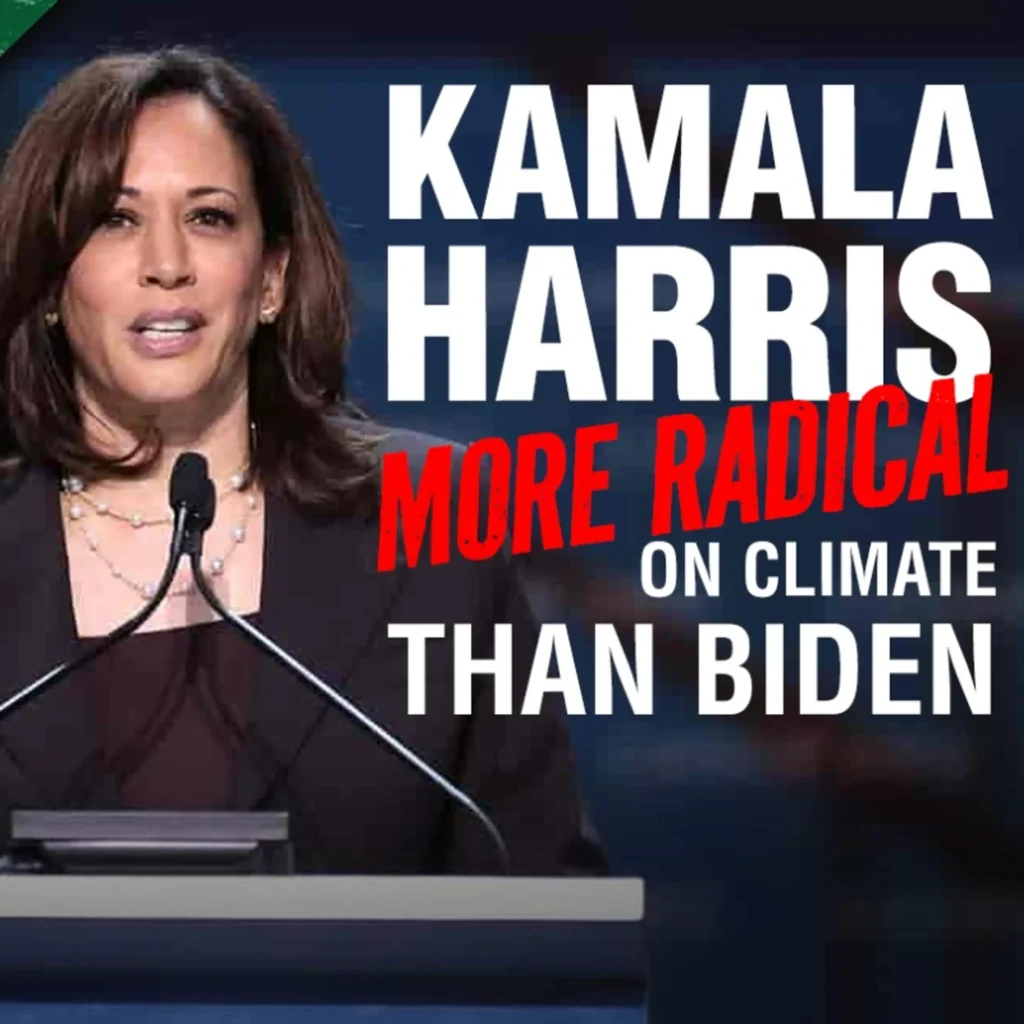Former Federal Reserve Chairman Alan Greenspan’s argument that the Fed’s policies on short-term interest rates had no impact on long-term mortgage interest rates overlooks the way in which those policies changed consumer behavior.
A simple yet powerful pattern emerges from survey data of the past 25 years collected by financial publishers HSH Associates: The spread between fixed-rate mortgages (FRMs) and adjustable-rate mortgages (ARMs) typically hovers between 100 and 150 basis points, representing the premium a borrower has to pay to induce the lender to bear the risk of interest-rate fluctuations.
At times, however, the spread between FRMs and ARMs breaks out of this band and becomes either larger or smaller than average, leading marginal consumers to prefer one to the other. Sometimes the adjustment in the market share of ARMs lags behind changes in the size of the spread, but over time when the spread widens, the percentage of ARMs increases and vice versa.
ARMs Reach 70 Percent
In 1987, before subprime lending was even a gleam in Angelo Mozilo’s eye, the spread rose to 300 basis points and the share of ARMs eventually rose to almost 70 percent, according to the Federal Housing Finance Board. (Until July 2008 Mozilo was board chairman and chief executive at Countrywide Financial, which led the surge in subprime lending and granted several powerful federal lawmakers sweetheart loan deals.)
When the spread shrank to near 100 basis points in the late 1990s, the percentage of ARMs fell into the single digits. Other time periods show similar dynamics.
In the latest cycle the spread rose from under 50 basis points at the end of 2000 to 230 basis points in mid-2004, and the percentage of ARMs rose from 10 percent to 40 percent. The Fed’s subsequent increases of short-term rates caused short- and long-term rates to converge, squeezing the spread to about 50 points by 2007 and reducing ARMs to less than 10 percent of the market.
Buyers Stretch
Record-low ARM interest rates kept housing generally affordable even as buyers could stretch to pay higher prices. Low short-term interest rates, combined with tax and other policies, also drew speculative, short-term home-flippers into certain markets.
As the Fed increased short-term rates in 2005-07, interest rate resets raised monthly payments, triggering the initial round of defaults and falling home prices. Foreclosure rates initially soared on both prime and subprime ARMS much more than for FRMs.
Why did the ARM substitution result in a wave of foreclosures this time, unlike prior times? During previous times with high percentages of ARMs, the dip in short-term interest rates was a leading indicator of an eventual decline in long-term rates, reflecting the general downward trend in rates of the past 25 years. By contrast, during this housing bubble the interest rates on ARMs were artificially low and eventually rose back to the level of FRMs.
There were other factors that exacerbated the problem—most notably increased risk-layering and a decline in underwriting standards—but the Fed’s artificial lowering of short-term interest rates and the resulting substitution by consumers to ARMs triggered the bubble and subsequent crisis.
Todd J. Zywicki is a professor of law at George Mason University School of Law and a senior scholar at the university’s Mercatus Center. An earlier version of this article appeared in The Wall Street Journal. Used with permission.



